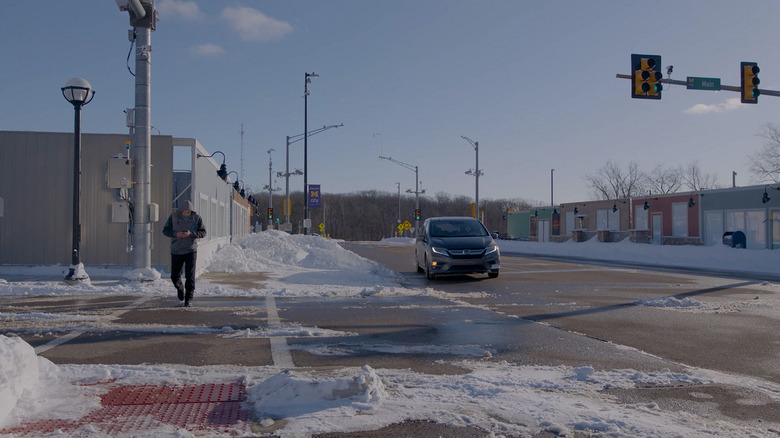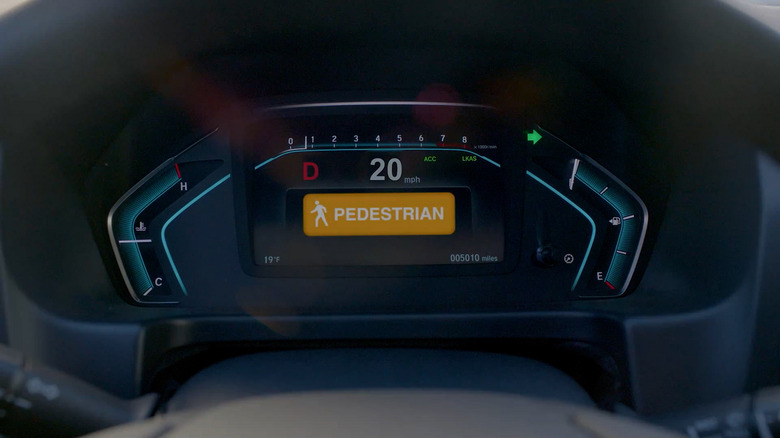Honda teams up with Verizon to assess how 5G Ultra-Wideband enhances safety in autonomous driving
Honda and Verizon are teaming up to test how the latter's 5G Ultra-Wideband and 5G Mobile Edge Compute (MEC) ensures a fast and reliable connection between vehicles, pedestrians, and road infrastructures. Honda's been developing its Safe Swarm collision-free technology since 2017. This new partnership with Verizon and the University of Michigan's Mcity will assess how Verizon's 5G networks and mobile edge computing (MEC) could benefit autonomous driving in general.
"Honda's research collaboration with Verizon is an important step in our multi-year effort to develop connected vehicle safety technology to realize our vision for a collision-free society," said Ehsan Moradi Pari Ph.D., research group lead at Honda's Advanced Technology Research Division. "While the research is preliminary and not intended as a product feature at this time, 5G-enabled vehicle communication and MEC have the potential to advance safety for everyone sharing the road."
Honda's Safe Swarm technology utilizes Cellular Vehicle-to-Everything (C-V2X) communication, allowing the car to communicate with other vehicles/road users while sharing vital data like speed, location, and sensor data, but there's a catch. Under this approach, each vehicle should have onboard artificial intelligence (A.I.) capabilities for it to work.

However, using high-speed 5G enables the A.I. to move from one vehicle to the MEC system as required, helping reduce the need for an A.I. system in each car. "The ability to move computing power to the edge of our 5G network is an essential building block for autonomous and connected vehicles, helping cars to communicate with each other in near real-time and with sensors and cameras installed in streets and traffic lights," said Sanyogita Shamsunder, vice president of Technology Development and 5G labs at Verizon.
Honda and Verizon mainly test three safety scenarios using the latter's 5g Ultra-Wideband network, MEC, and V2X software platforms. The first is a pedestrian scenario using Verizon's Hyper Precise Location services to alert road users of active pedestrians within the vicinity. Next, the 'emergency vehicle warning scenario' alerts road users of approaching emergency vehicles like ambulances and fire engines.

Finally, the 'red-light runner scenario' is a nifty detection feature that alerts road users of red light violators to mitigate a crash. "When you consider that roughly 42,000 people were killed in car accidents last year and 94-percent of accidents are caused by human error, our new technologies including 5G and MEC can help drivers 'see' things before the human eye can register and react to prevent collisions and save lives," added Shamsunder.
